Hundredth Monkey | DNA Resonance and Non-Local Consciousness
Charles J. Wolf proposes a bold new hypothesis: that DNA is not only a genetic blueprint but also a resonant antenna, capable of transmitting and receiving information across space and species. Exploring the Hundredth Monkey phenomenon through the lens of quantum biology and bioelectromagnetics, he invites us to consider consciousness as a field encoded deep within our biology.
The story of the “Hundredth Monkey” phenomenon—where a learned behavior, such as washing sweet potatoes, reportedly spreads across distant, unconnected groups once a critical mass is reached—has fascinated us for years. It offers a powerful allegory for how collective intelligence might function, hinting at some unexplained process by which behaviors or ideas rapidly diffuse across populations. We use the story because it is widely known and effectively conveys the idea of collective consciousness, or even suggests a morphogenetic field, where changes in one individual can replicate across an entire species.
My interest in collective consciousness and the mystery of DNA goes back decades to my time at Indiana University as an undergraduate in psychology. Carl Jung was a favorite figure, and his ideas on the collective unconscious were particularly compelling. I conducted my biology lab work at Jordan Hall, which carried a mythos that Watson and Crick had “discovered the double helix model of DNA” there. While the actual discovery occurred at Cambridge, Watson had studied at Indiana, which lent a sense of reverence to the building. Jordan Hall became symbolic of the DNA discovery—a place where the instruction manual of life was decoded.
Recent developments suggest DNA might not just be a static carrier of genetic instructions, but something far more dynamic.
Imagine DNA functioning as a liquid crystal antenna—a resonant receiver and transmitter of information. This idea forms the basis of what I call the DNA Resonance Hypothesis.
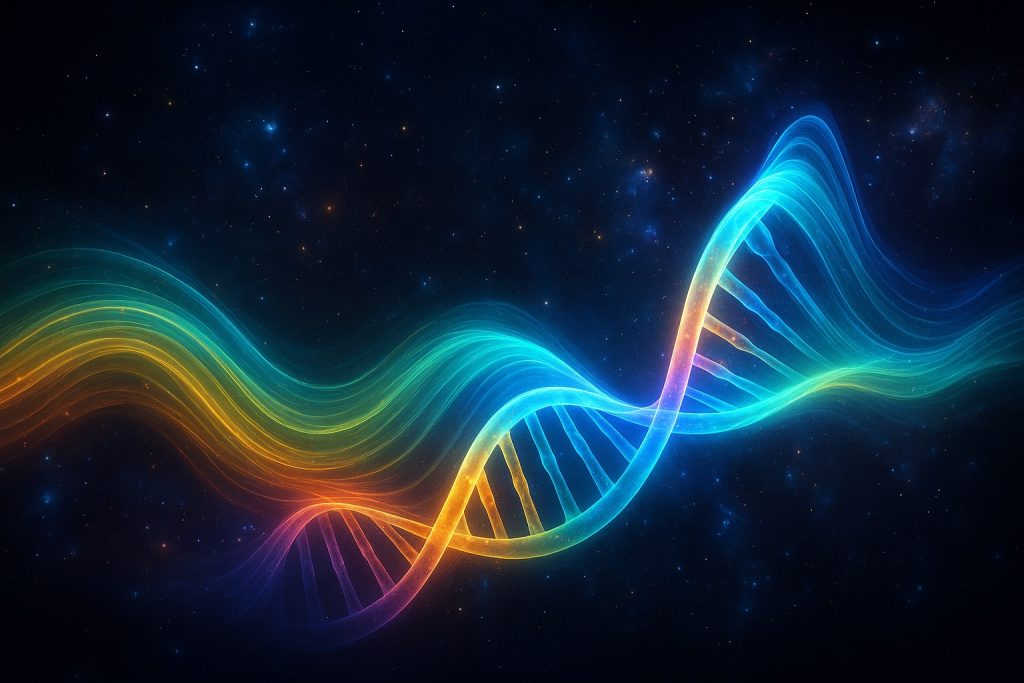
This hypothesis offers a new lens to interpret collective phenomena like the Hundredth Monkey. Perhaps the “monkey effect” is not merely a result of social learning or shared cognitive awareness, but instead the result of bioelectrical resonance embedded in the DNA of a species.
This essay explores the DNA Resonance Hypothesis as a potential framework for understanding not only the Hundredth Monkey effect but also other unexplained phenomena of consciousness, collective behavior, and rapid cultural shifts. Could DNA, once considered merely a repository of genetic information, also serve as a real-time transmitter and receiver for shared, species-wide data?
The Curious Case of the Hundredth Monkey
Though later analysis suggests the original Hundredth Monkey account was likely exaggerated or misreported, it remains a compelling metaphor for sudden, widespread shifts in behavior. The story describes how a group of macaques on a Japanese island began washing sweet potatoes—a learned behavior that, after reaching a critical mass, reportedly appeared in distant groups with no direct contact. Whether factual or not, the story raises a provocative question: how do new behaviors or ideas spread so quickly, bypassing traditional modes of communication?
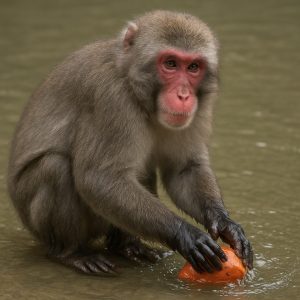
While not scientifically rigorous, the story endures as a cultural shorthand for understanding collective behavioral shifts. Its appeal lies in the suggestion that information might spread non-locally, through means beyond sensory experience or verbal instruction.
Emerging research in quantum biology and bioelectromagnetics begins to explore this very possibility. Albert Einstein, though skeptical of quantum entanglement, helped define the paradox later confirmed by experiment: particles can remain interconnected across distances, exchanging information instantly. If such phenomena apply at the subatomic level, could similar principles influence biological systems?
Studies like those by Seligman et al. (2020) propose that DNA behaves more like a liquid crystal antenna, responsive to electromagnetic and bioelectrical fields. Rather than being a passive genetic blueprint, DNA could act as a resonant structure, tuned by environmental frequencies.
This idea shifts us from a model of brain-to-brain telekinesis or collective unconscious to a more subtle, DNA-to-DNA transmission—a form of resonance operating within the bioelectrical structure of the organism.
DNA transmits and receives like an antenna, the deeper question becomes: what exactly is it transmitting and receiving?
This is the crux of the DNA Resonance Hypothesis—a model proposing that genetic material participates in non-local communication, enabling rapid, coordinated changes across populations.
Traditional models like social learning, Jung’s collective unconscious, or Sheldrake’s morphogenetic fields have tried to explain such effects. Yet, they often lack a defined biological mechanism. The notion that DNA is field-sensitive introduces a new dimension: a material basis for rapid, distributed behavioral change.
Rather than replacing traditional ideas, the DNA Resonance Hypothesis proposes an additional biological process: the transmission of information through DNA itself. Once a critical mass of individuals exhibits a behavior, a genetic “update” could propagate across genetically similar populations—not through cognitive awareness, but via bioelectrical signaling encoded within DNA.
DNA as a Cosmic Antenna?
Though speculative, this hypothesis draws on research from quantum biology and biophotonics. DNA’s helical structure, long understood as a genetic code, may also function as a resonant antenna, interacting with biological and quantum fields. This could explain Random Number Generator experiments, which detect spontaneous collective signals before major events occur. Small quantum particles may navigate dimensional boundaries more easily than the large, slow brain-based systems we traditionally associate with consciousness.
Quantum biology adds more depth. Popp et al. suggest DNA emits and absorbs biophotons—light particles that may serve as an internal communication network. Montagnier controversially proposed that DNA in water emits low-frequency electromagnetic signals, implying a role in non-local communication. Wave genetics extends this by positing that genetic material responds to sound and light waves, allowing DNA to act as a holographic bio-computer.
Bioelectrical mapping by Michael Levin further supports this concept, demonstrating that electrical gradients influence cell development. Organisms might tune into broader informational fields extending beyond the nervous system. Synthesizing these insights, the DNA Resonance Hypothesis positions DNA as a frequency-based medium capable of transmitting and receiving information beyond conventional biological systems.
In this context, the “Hundredth Monkey” threshold represents more than a behavioral tipping point; it may signal a synchronized update in the genetic resonance of the species. Whether or not the story is literally true, the hypothesis provides a coherent model for such transformations.
Implications and Next Steps
The DNA Resonance Hypothesis invites a reevaluation of memory, identity, and evolution. Moving from a brain-centered to a DNA-centered view could help explain collective memory and shared human experience. Epigenetics shows that our environment can influence gene expression; the DNA Resonance Hypothesis extends this, proposing that shared behaviors may arise from shared bioelectrical tuning.
This also reframes spiritual practices. Meditation may act as a method of tuning the body’s bioelectric fields, aligning DNA with higher vibrational states. It could also offer scientific grounding for anomalous experiences like precognition or psi phenomena, reframing them as biological interactions with quantum fields.
Perhaps most radically, the hypothesis suggests evolution is not solely driven by random mutation and selection but is influenced by bioelectrical fields and collective tuning. This could explain rapid cultural shifts, simultaneous discoveries, and jumps in collective awareness. Research directions include biophoton emissions during group activity, electromagnetic signals during adaptation, and behavioral correlations among genetically similar organisms.
Conclusion
The DNA Resonance Hypothesis presents a paradigm shift in understanding consciousness and evolution. It posits DNA as a bioelectrical medium capable of transmitting and receiving non-local information. In doing so, it provides a new lens to view collective behavior, rapid adaptation, and even survival itself. It suggests the “deeper resonance of life” is not just metaphysical, but biologically encoded within us.
This concept of intragenerational versioning—where change occurs within the same generation, rather than across generations—offers a more efficient path to adaptation. Traditional models require cognition to influence DNA and then transfer across generations. In contrast, resonant DNA could allow for real-time, non-cognitive transmission of adaptive information.
In this view, the Hundredth Monkey is not just a metaphor but a hint at a deeper reality. Whether through DNA-to-DNA signaling in plants or in complex organisms like humans, if even a fraction of transmission occurs non-locally, it points toward quantum resonance as a plausible mechanism.
By reframing DNA as a dynamic, frequency-based entity, this hypothesis bridges psychology, quantum biology, and collective experience. It opens new doors to understanding ancient metaphysical insights and cutting-edge scientific inquiry. Whether through meditation, evolution, or cultural emergence, we may be tuning into a deeper, biological field of shared resonance.
This article references the preprint on PsyArXiv, where further detailed discussion of the DNA Resonance Hypothesis can be found, see:
Wolf, C. J. (2025, May 3). The hundredth monkey and the DNA resonance hypothesis: Flipping the script — Moving beyond brain-to-brain to DNA-based transmission through bioelectrical and quantum mechanisms



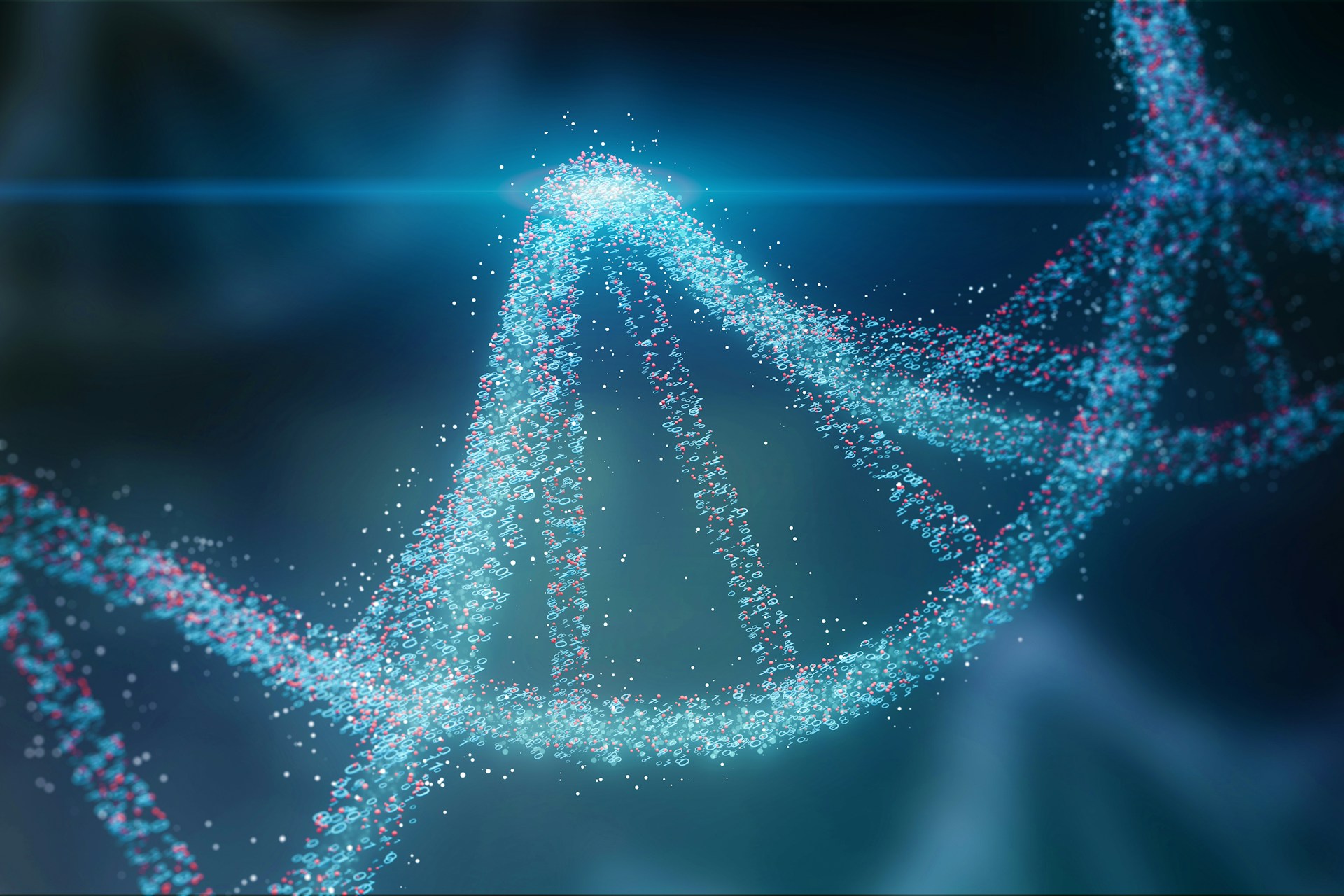
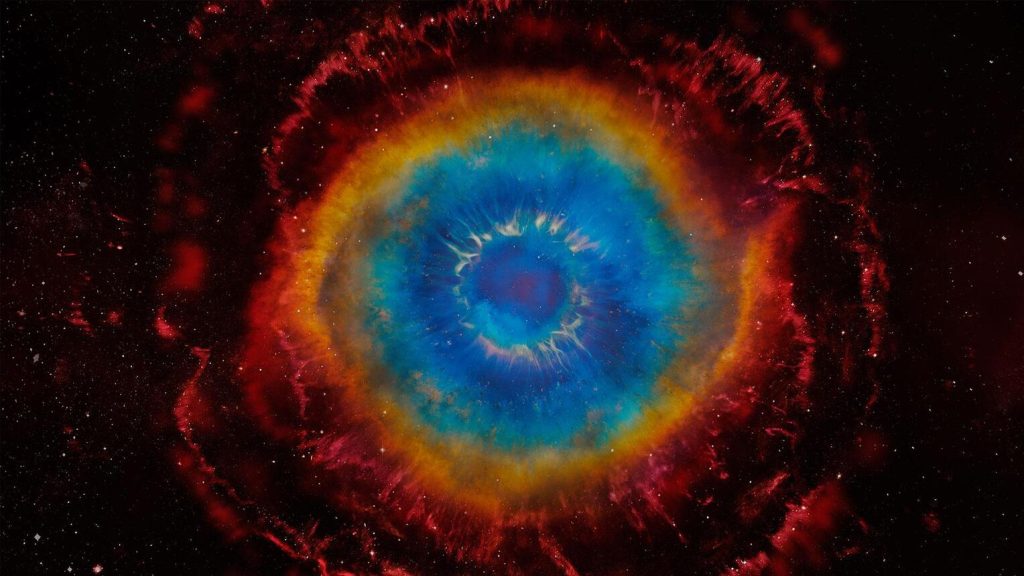

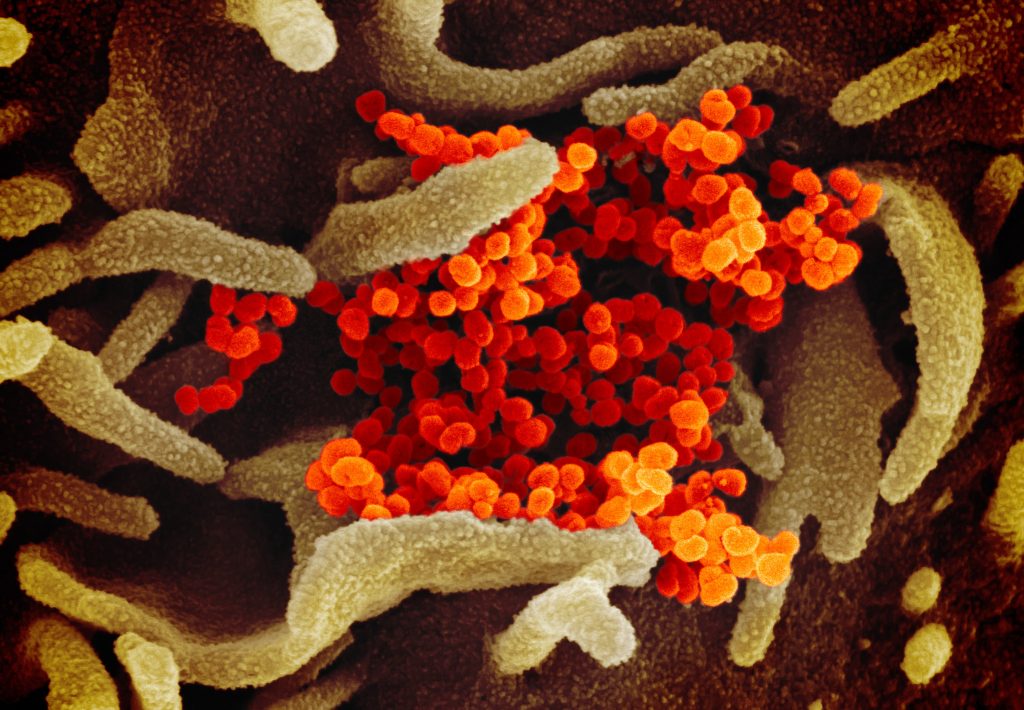

An excellent read with an engaging and thoughtful approach. The insights were valuable, and the premise makes a lot of sense. I’m interested in hearing more.